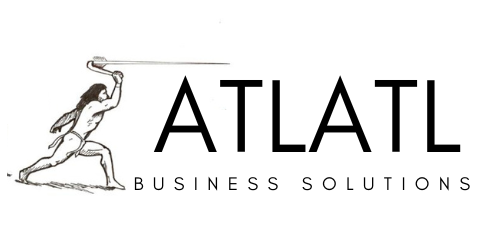In a world where hustle culture reigns supreme, where the grind is glorified, and the 9-to-5 is an anachronism of yesteryear, we like to think that it’s our work ethic, not our wardrobe, that should be in the spotlight. After all, isn’t the quality of our work more important than whether we’re sporting a tailored suit or a well-loved hoodie?
You might argue, “If I’m hitting deadlines, crushing targets, and consistently exceeding expectations, does it really matter if I’m dressed like a corporate warrior or a weekend warrior?” On the surface, this makes sense. Shouldn’t results speak louder than appearance?
Yet, despite our best intentions to erase the divide between dress and performance, what we wear still seems to matter even when we’re crushing it. Here’s why:
The Psychological Power of Attire
Let’s face it: what we wear affects how we perceive ourselves and how others perceive us. There’s a psychological phenomenon known as “enclothed cognition,” which suggests that the clothes we wear influence our mental state and performance. If you dress like you’re ready to conquer a boardroom, you might just feel more empowered to do so. Conversely, if you’re in pajama pants, the casual vibe might translate into a casual approach to work.
Think of it as a self-fulfilling prophecy. Dressing well can boost your confidence and make you feel more competent, even if you’re already performing at your best. Your attire acts as a personal pep talk, reminding you of your potential and purpose.
The Unspoken Rules of Professionalism
We live in a society where certain standards still dictate professionalism. Your attire is a form of non-verbal communication that tells others how seriously you take your role. While dress codes might seem outdated, they are often a reflection of the respect you have for your work and your colleagues. It’s a subtle way of saying, “I value this role and I’m committed to it.”
Whether we like it or not, first impressions still count. Even in the most progressive workplaces, how you present yourself can influence perceptions of your credibility and authority. Dressing well isn’t about conformity—it’s about making sure your competence is matched by your appearance.
The Cultural Context
Different industries and cultures have different norms. In some fields, like tech or creative industries, a relaxed dress code might signal creativity and innovation. In others, like finance or law, a more formal appearance may convey professionalism and reliability. The trick is understanding and navigating these expectations without compromising your personal style or values.
Cultural context also extends to the global stage. What’s acceptable in one country might be considered disrespectful in another. In a world that’s increasingly interconnected, being aware of these nuances can prevent misunderstandings and help you navigate professional spaces with greater ease.
The Evolution of Dress Codes
The debate over dress codes isn’t black and white—it’s evolving. As remote work becomes more common and workplaces become more casual, the lines are blurring. Yet, even in a relaxed setting, there’s a difference between “casual” and “sloppy.” The key is finding a balance that respects both personal comfort and professional expectations.
So, while the standards are shifting, and the definition of professionalism is expanding, the principle remains: how we present ourselves still matters. It’s not about adhering to outdated norms but about engaging with the evolving expectations of our environments and reflecting our best selves, regardless of the dress code.
In the end, whether you’re donning a suit or a hoodie, the essence of your work should indeed be what’s most important. But, let’s not ignore the subtle, yet significant, impact of our attire. It’s a tool, a statement, and sometimes, a strategic asset in the complex landscape of modern work.
So, next time you’re debating between that power suit and your favorite sweatshirt, remember: your work speaks volumes, but so does your wardrobe. The goal isn’t to be constrained by attire but to harness its power to align with the incredible work you’re already doing. After all, looking good and doing great don’t have to be mutually exclusive—they can be a winning combination.

